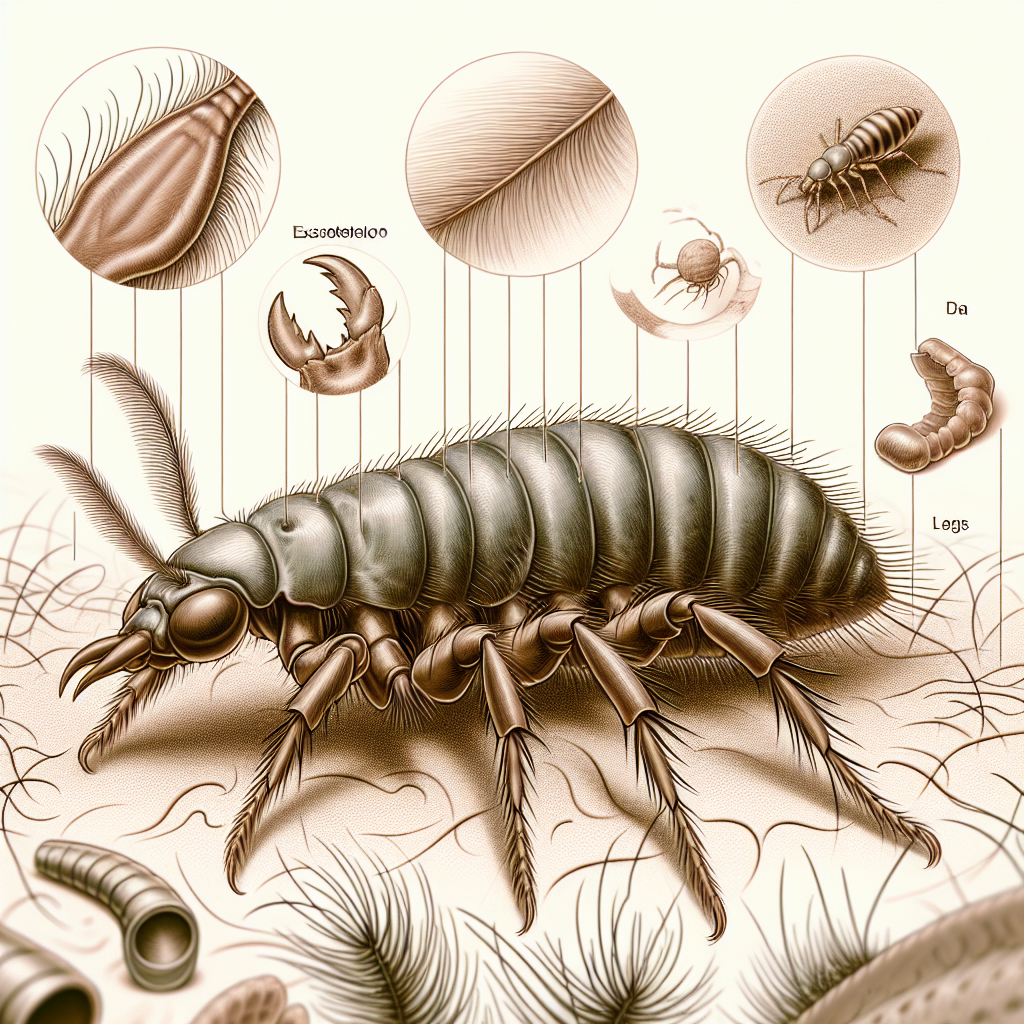Dog fleas can be a persistent and irritating problem for both pets and their owners. These tiny pests not only cause discomfort and itching to your furry friend but can also lead to more significant health issues if left untreated. As a responsible pet owner, it’s crucial to understand effective methods to eliminate dog fleas quickly and efficiently. This article delves into practical solutions that can help you tackle this common challenge, ensuring your pet remains healthy and flea-free.
Understanding the Lifecycle and Behavior of Dog Fleas
Before diving into solutions, it’s essential to understand the lifecycle of dog fleas. Fleas are external parasites that thrive on the blood of warm-blooded animals, with dogs being one of their favorite hosts. Their lifecycle comprises four stages: egg, larva, pupa, and adult. This cycle can complete in as little as two weeks, leading to rapid infestations if not addressed promptly. Adult fleas lay eggs on your dog’s fur, which then fall into the environment, such as carpets and bedding, where they hatch and develop into larvae. Understanding this lifecycle is crucial as it highlights the importance of not only treating the dog but also addressing the environment to prevent reinfestation.
Dog fleas are highly adaptable and can survive in various conditions, making them challenging to eradicate. Identifying flea activity early is vital. Signs of a flea infestation include excessive scratching, biting, or licking, hair loss, and the presence of flea dirt, which resembles black pepper flakes. To confirm the presence of fleas, use a fine-toothed flea comb to inspect your dog’s fur. If fleas or flea dirt are present, it’s time to take action. Knowing the enemy is the first step in winning the battle against these pesky parasites.
Effective Solutions for Treating and Preventing Dog Fleas
Once you’ve identified an infestation, swift action is necessary to protect your dog and home. One of the most direct approaches is using topical flea treatments, which are applied to your dog’s skin, usually between the shoulder blades. These treatments are designed to kill fleas quickly and often provide a month-long protection against re-infestation. It’s important to choose a product recommended by your veterinarian to ensure its safety and efficacy.
Oral flea medications are another effective solution, working from the inside out to kill fleas rapidly and prevent future infestations. These medications can begin working within hours and are an excellent choice for dogs with sensitive skin or those who have reacted poorly to topical treatments. Again, consulting with your veterinarian to select the appropriate medication for your dog is crucial.
In addition to treating your dog, it’s imperative to address the environment. Regular cleaning, vacuuming, and washing of bedding can significantly reduce the number of flea eggs and larvae in your home. Consider using a flea spray for your home that targets all stages of the flea lifecycle. It’s also beneficial to treat outdoor areas where your dog spends time, as fleas can thrive in warm, shady spots.
Prevention is always better than cure. Maintaining a regular flea prevention routine, which includes monthly treatments and environmental management, is key to keeping dog fleas at bay. Regular grooming and monitoring of your dog’s skin and coat can help catch infestations early, making them easier to manage.
In conclusion, dealing with dog fleas requires a comprehensive approach that includes understanding their lifecycle, using effective treatments, and taking preventative measures. By being proactive and informed, you can ensure your dog stays happy, healthy, and free from the discomfort of fleas. Remember, the health and comfort of your beloved pet are worth every effort in this battle against these persistent pests.
Our solution eradicates fleas on contact without harmful chemicals, ensuring a safe environment for your pets and family. Easy to use and highly effective, SayByeBugs helps you maintain a flea-free home. Learn more and order today at SayByeBugs.com
